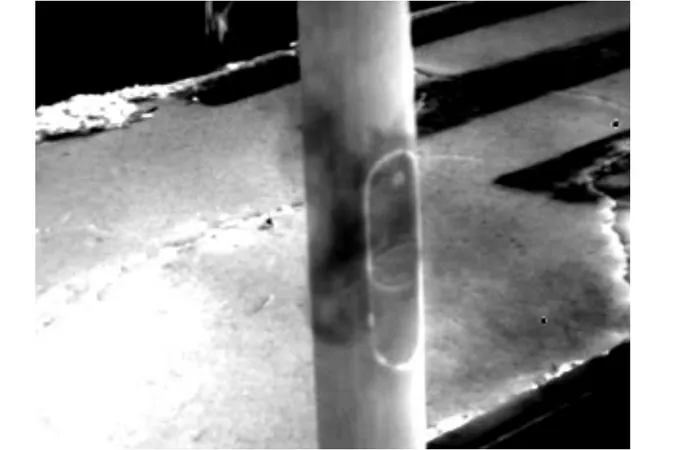
Revolutionizing Volcanic Surveillance in La Palma: FLIR’s Game-Changing Optical Gas Imaging Technology
2025-04-16
Author: Nur
In the wake of the Cumbre Vieja volcano eruption in La Palma back in 2021, the National Geographic Institute (Instituto Geográfico Nacional - IGN) is ramping up its volcanic monitoring capabilities with cutting-edge gas detection technology.
Introducing the FLIR G343: The Premier Gas Detection Tool for Volcanic Regions
The star of this initiative is the FLIR G343 Optical Gas Imaging (OGI) camera, supplied by Apliter Termografíá. This high-tech device offers the ability to detect carbon dioxide (CO2) emissions in real time, giving experts a powerful tool for risk assessment in volcanic territories.
Navigating the Challenges of Volcanic Gas Detection
La Palma's volcanic activity has created a complex landscape fraught with environmental hazards. Although the eruption phase has concluded, the lingering threat of gas emissions cannot be underestimated. CO2, being colorless and odorless, poses a silent danger, accumulating in hard-to-reach areas and creating significant risks for both communities and research teams.
The dangers are acute as CO2 can displace oxygen, leading to symptoms like dizziness and shortness of breath, or even unconsciousness. This risk is particularly pronounced in volcanic depressions where gas may concentrate.
A Game-Changer in Real-Time Gas Monitoring
Historically, La Palma’s lack of real-time monitoring systems made it difficult to pinpoint these hazardous areas, significantly increasing the risk of accidental exposure. Enter the FLIR G343. This revolutionary thermal imaging device allows for immediate, accurate gas detection without the need for cumbersome lab analyses.
Pioneering Innovations in Volcano Monitoring
Carmen López, Deputy Director General of Surveillance, Alerts and Geophysical Studies at IGN, emphasized the transformative potential of this tool, remarking that it’s unmatched in the realm of volcano observatory technology. Apliter Termografíá even dispatched a commercial director to La Palma to showcase how this equipment works firsthand.
Enhancing Safety and Research in Volcanic Environments
With the integration of the FLIR G343, IGN has markedly improved its capacity to respond to post-eruptive scenarios, enhancing safety for researchers and streamlining data collection essential for studying volcanic phenomena.
This initiative not only highlights how advanced technology can bolster safety in extreme environments, but also showcases the fruitful collaboration between Apliter Termografíá and FLIR, underscoring their commitment to innovative solutions in natural risk management.



 Brasil (PT)
Brasil (PT)
 Canada (EN)
Canada (EN)
 Chile (ES)
Chile (ES)
 Česko (CS)
Česko (CS)
 대한민국 (KO)
대한민국 (KO)
 España (ES)
España (ES)
 France (FR)
France (FR)
 Hong Kong (EN)
Hong Kong (EN)
 Italia (IT)
Italia (IT)
 日本 (JA)
日本 (JA)
 Magyarország (HU)
Magyarország (HU)
 Norge (NO)
Norge (NO)
 Polska (PL)
Polska (PL)
 Schweiz (DE)
Schweiz (DE)
 Singapore (EN)
Singapore (EN)
 Sverige (SV)
Sverige (SV)
 Suomi (FI)
Suomi (FI)
 Türkiye (TR)
Türkiye (TR)
 الإمارات العربية المتحدة (AR)
الإمارات العربية المتحدة (AR)